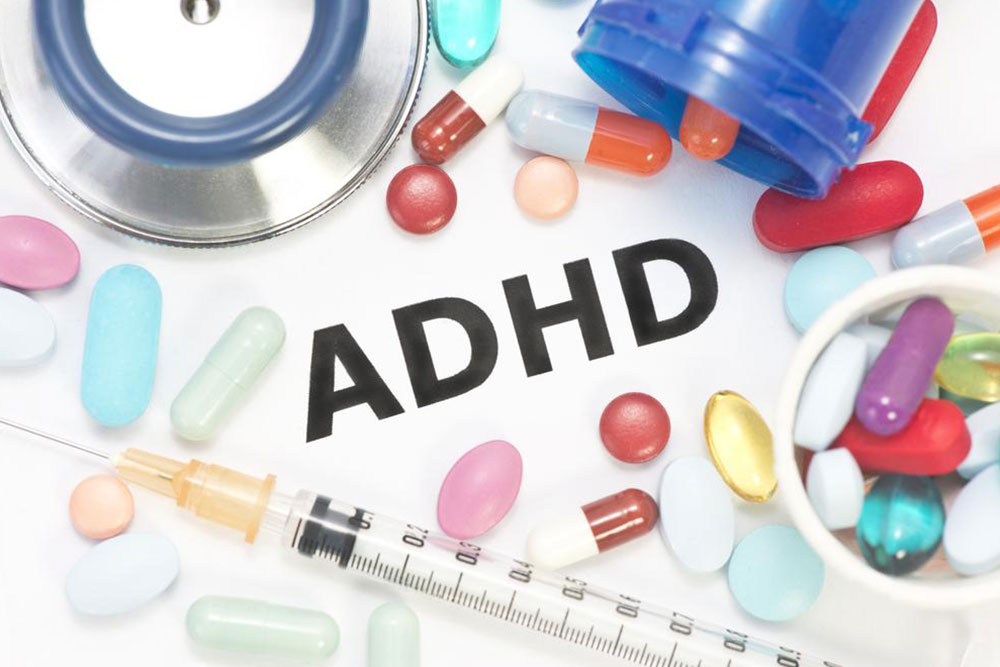Living with ADHD: Insights and Management Strategies
This article explores the nature of ADHD, highlighting its symptoms, causes, diagnosis, and management techniques. Emphasizing early detection and comprehensive treatment, it offers valuable insights for parents and caregivers to support affected children and adults. Effective medication combined with behavioral strategies can significantly improve quality of life for those with ADHD.
Sponsored

Understanding the challenges of living with ADHD
"My approach to managing my child's behavior may seem lenient, but constant reprimanding only damages self-esteem. I trust my parenting choices and don't seek approval from outsiders."
– excerpt from Reader’s Digest
ADHD, or Attention Deficit Hyperactivity Disorder, is a prevalent diagnosis among children. According to CDC data, approximately 11% of children aged 4 to 17 are diagnosed with ADHD, with boys representing about 13% and girls 5%. The exact causes remain unidentified.
Who is affected by ADHD?
ADHD symptoms in adolescents (14-17 years) can be challenging to distinguish from normal developmental behaviors, as this age group often exhibits similar traits.
Early awareness of symptoms by families is crucial for timely diagnosis and management, improving life outcomes.
What causes ADHD?
Current research suggests ADHD results from a combination of genetic and environmental factors.
A shared genetic link has been found among conditions like schizophrenia, autism spectrum disorder, bipolar disorder, and depression.
Factors such as genetic inheritance, prenatal substance exposure, environmental toxins like lead or mercury during early childhood, low birth weight, and head injuries are also suspected contributors.
Recognizing ADHD symptoms
Core symptoms include inattention, hyperactivity, and impulsivity, which may appear alone or together.
Children may focus intensely on preferred activities, but often lose objects or fail to organize their belongings.
Academic challenges stem from incomplete work and distractibility, impacting learning in children and productivity in adults.
Hyperactivity manifests as constant movement, fidgeting, or difficulty staying seated. Adults might exhibit nervous habits or social awkwardness.
Impulsiveness leads to rash decisions, tantrums, or difficulty controlling reactions, both in children and adults.
Diagnosing ADHD
Diagnosis relies on behavioral evaluation—symptoms must be persistent, frequent, and interfere with daily functioning.
No specific tests exist; medical exams rule out other conditions.
Information from teachers, family, and caregivers is vital, along with the use of diagnostic criteria like DSM or NEBA.
Symptoms typically appear before age 12 and may be less noticeable in adults but still impact daily life.
Managing ADHD: Treatment Approaches
Medication, particularly stimulants, are commonly prescribed to help improve attention and reduce impulsivity.
Stimulants boost levels of dopamine and norepinephrine, enhancing focus and self-control.
Support from family through quality time, unconditional love, and positive reinforcement is essential.
Counseling and behavioral therapies teach effective coping strategies and foster discipline and goal-setting.






